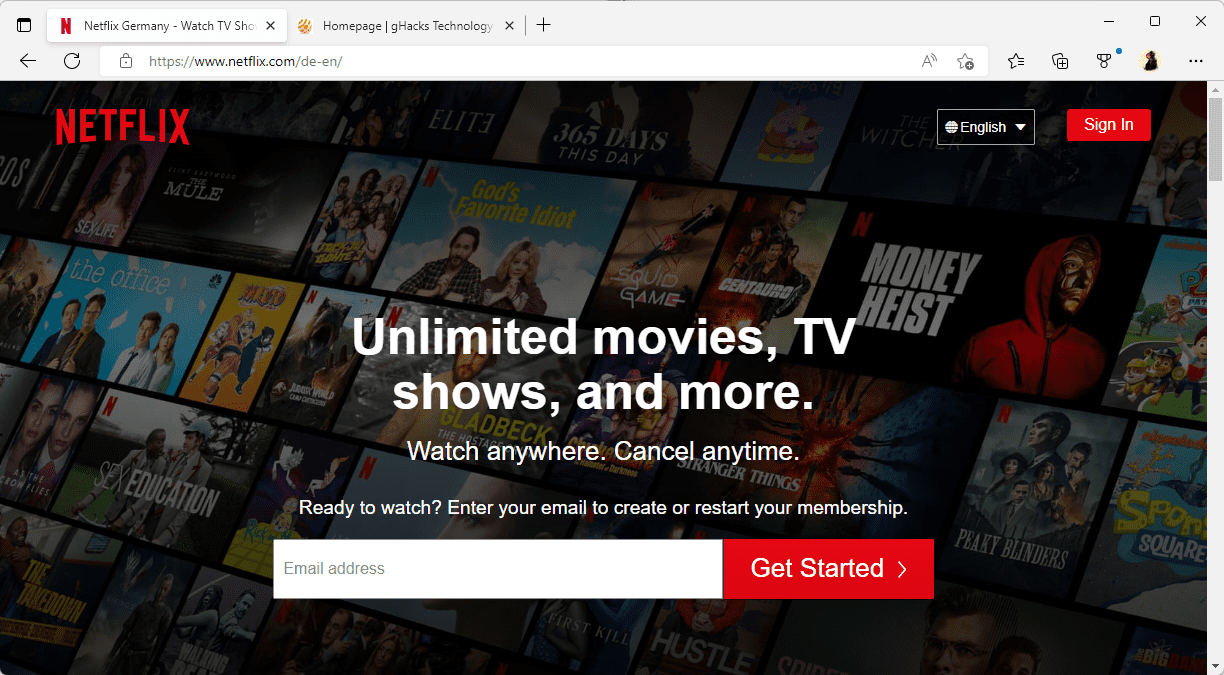A new streaming service is launched every other month it seems. With more and more streaming services competing for customers, it is not only the customers that need to adjust to the new landscape, but also the streaming services.

Content is scattered and customers find themselves in the unattractive position to either subscribe to multiple services to access all content at the same time, to hop between services regularly, or to ignore certain content.
Streaming companies have to rely on original content, which is the most expensive type of content. One of the recent streaming trends is the introduction of ad-supported tiers. Netflix and Disney+ plan to launch cheaper subscription plans that are ad-supported later this year. While neither service has revealed specifics, including the actual price of the plans or other limitations, it is clear that Netflix and Disney have high hopes when it comes to these.
The idea is to attract new subscribers who may not mind ads if they save a few bucks every month in return.
Most subscribers would pick an ad-free experience if asked, and those options are not going away. However, there is a growing number of people who find the price of subscription too high. Considering that it may now be necessary to subscribe to multiple services to watch everything of interest, subscription costs can exceed the price of Cable TV subscriptions in many regions.
Seasons of the same TV show may be split across services, and it happens regularly that TV shows and movies move from one service to another.
Streaming companies hope to get people interested in their services by introducing a lower priced tier that is partially financed through advertisement.
Some streaming companies have ad-supported tiers already. Hulu, which is owned by Disney, charges $6.99 per month or $69.99 per year for its ad-support tier. The no-ads subscription is available for $12.99, which is nearly double the price of the ad-supported version.
HBO Max’s ad-support subscription is $5 cheaper than the regular subscription, and Peacock charges $4.99 for an ad-support version and $9.99 for an ad-free version.
The cheapest Netflix subscription is available for $9.99 per month in the United States. It is limited to one stream and does not support HD or Ultra HD. An ad-supported plan may match what the basic plan is offering. Netflix could offer it for $6.99 per month or even less than that, but it seems unlikely that it will go much lower than that. Ad-support standard and premium plan options seem unlikely.
Good development, but specifics are needed
Netflix confirmed that all current plans remain as they are; this means that nothing is going to change for existing subscribers. New subscribers and existing subscribers get an additional option: subscribe for less but watch content with ads.
The attractiveness of the option depends largely on the price of the ad-supported plan and the advertisement specifics. How many ads are shown? For how long will these ads run? When are these ads shown? Many subscribers will draw a line in the sand when it comes to ads that interrupt shows or movies. Most may find pre- and post-advertisements acceptable, on the other hand.
Now You: what is your take on ad-support tiers?
Thank you for being a Ghacks reader. The post Opinion: Cheaper Media Streaming tiers support by advertisement is a good development appeared first on gHacks Technology News.
